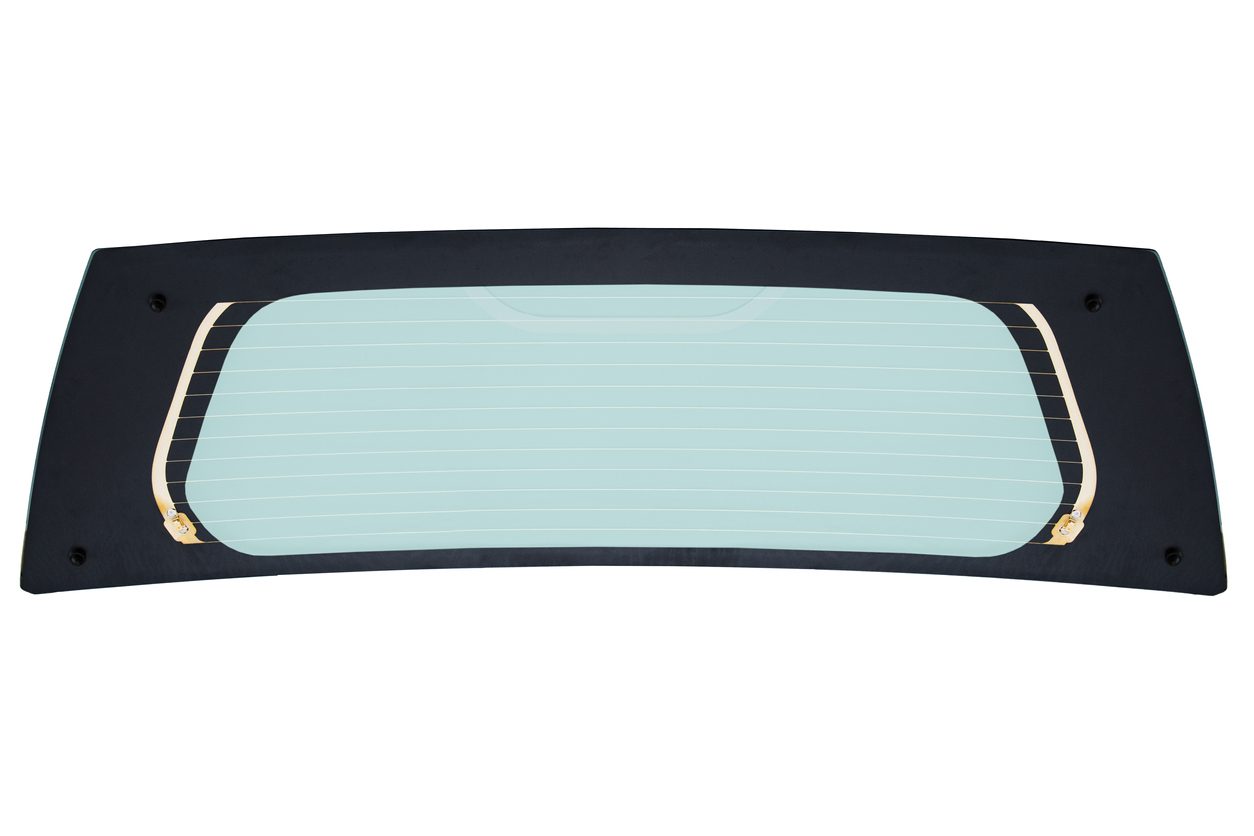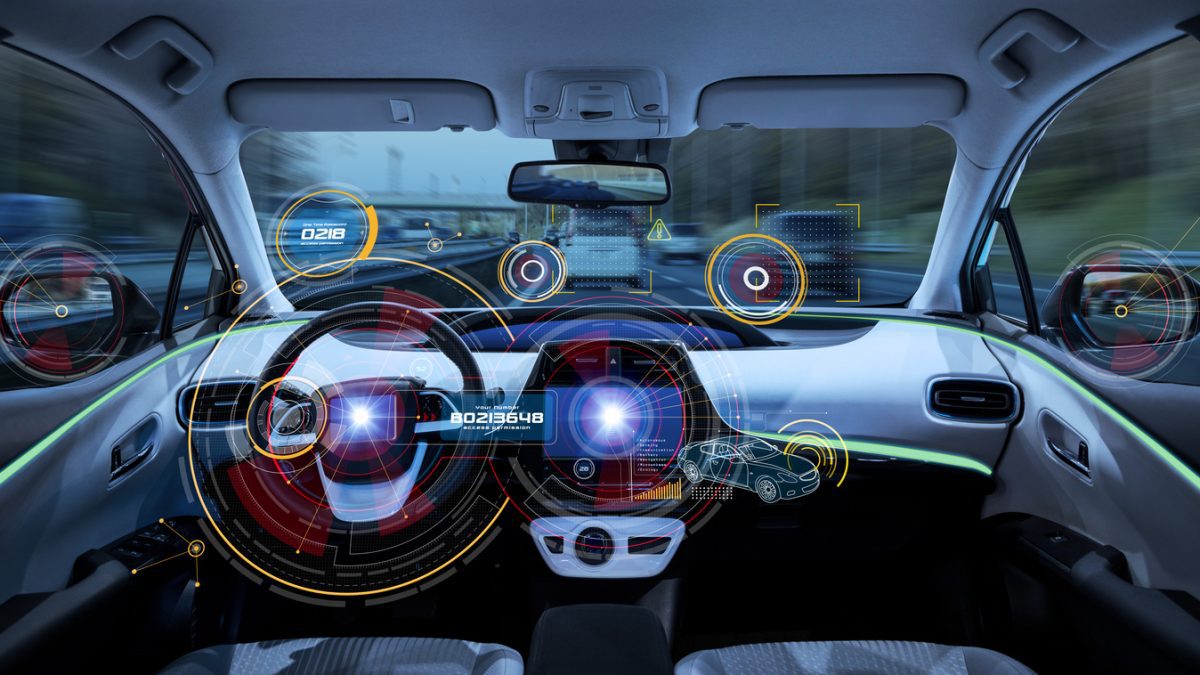
How to Make Auto Glass Last Longer?

How Rear Auto Glass Heaters Work
The goal of advanced driver assistance systems (ADAS) is to increase vehicle safety. By assessing the risks of the road, ADAS is able to warn drivers and take action to avoid accidents. For example, ADAS can use a blind spot information system, lane departure warning, or emergency braking. It can also provide information about traffic jams and suggest routes to avoid congestion. The benefits of ADAS include safer driving and reduced risk of vehicular fatalities.
However, the market for ADAS is still not saturated. Some companies are developing their own technologies, and others are working with automobile manufacturers to develop partnerships. Some car makers have already integrated ADAS into their new models. Many companies are still experimenting with different technologies to see what works best. Those that are currently being evaluated have proven to be effective.
Some of the most promising applications are yet to be fully developed. These include communication between vehicles, Vehicle-to-Infrastructure communications, smart city infrastructure, and automated high-speed driving. These technologies can be applied to all sorts of situations, from driving in urban environments to driving on highways. Among other applications, ADAS can help in parking, overtaking, and other challenging manoeuvres. Its effectiveness is highly dependent on the accuracy of its data, which requires sophisticated computer algorithms.
In addition to being an automated driving solution, ADAS can also be used to assess the driving performance of an individual. For example, a system can use drowsiness detection to alert the driver of the risk of falling asleep. Likewise, a pedestrian detection system can identify cyclists and brake the vehicle to avoid a collision. These technologies can also be combined into a single unit called a “one box” solution. A lidar system is one example of this type of solution. It uses a scanning laser to generate a 3D image of the environment around the vehicle.
There are also many types of sensors that can be integrated into ADAS. These can include optical sensors, image sensor interfaces, and camera systems. The cheapest option is to utilize optical sensors, but they require complex software algorithms to recognize objects. Optical sensors can be affected by low visibility, poor weather, and other environmental hazards. Nonetheless, they are the most cost-effective option.
In the future, ADAS will be integrated with wireless network connectivity. This will enable a direct exchange of data between the vehicle and other cars and between the vehicle and the infrastructure. This will improve planning and decision making.
Similarly, a human-machine collaboration can modify parameters of the ADAS system. For example, the intervention time of a lane departure warning system can be adjusted by a CR member. The amount of acceleration the ACC will allow for is also an adjustment that a CR member can make.
A major drawback of ADAS is the lack of standardisation. As ADAS becomes more commonplace, it will be more difficult to standardize the technology. This is especially problematic as traffic laws and regulations change.




